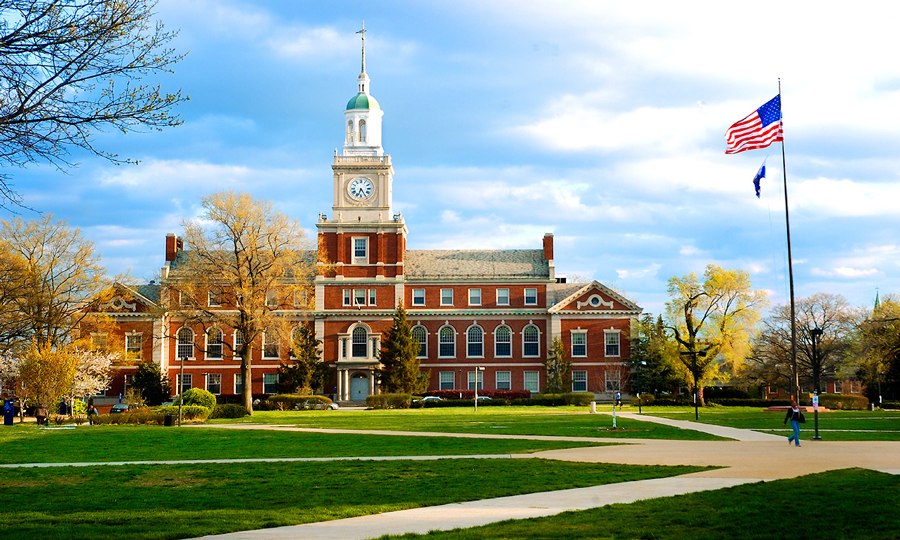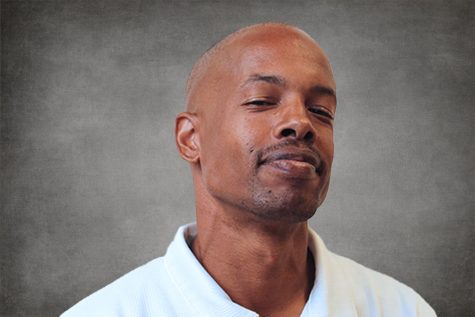Students return from HBCU tour
Howard University (pictured) was one of five HBCUs students visited on tour.
May 15, 2019
For the third time in as many years, students from Contra Costa College earned the opportunity to experience what campus life is like on 11 of the nation’s 107 Historically Black Colleges and Universities on an annual multi-state tour.
On the tour, students learned about the historical significance of HBCUs and how these often-overlooked institutions provide a level of cultural immersion and diversity of educational fields that is not available at many other colleges.
Upon returning from the March 31 through April 7 excursion, students prepared a photo slideshow, packaged with information detailing what they learned, to present to the CCC Foundation in hopes of securing funding for students to make the trip next year.
Transfer Coordinator Andrea Phillips said despite the success of the campus tours, the experience is not consistently funded and a case must be made for financial support annually.
The tour was funded by the CCC African American Staff Association, the West Contra Costa Unified School District, Per Ankh Academy, HSI Stem Grant Funds and the CCC Foundation.
This year students toured Howard University, Morgan State University, Bowie State University, Hampton University, Norfolk State University and Lincoln University.
The schools were split between Maryland, Washington D.C., Virginia and Pennsylvania.
Student Kira Harrison said she knew a little about HBCUs her whole life, but her decision to attend one was not cemented until she took the tour.
“I visited a lot of primarily white institutions (PWIs) and they were good schools, but an HBCU is where you go to grow, where you go to learn, where you go to become a complete person,”
Harrison said. “When I left the tour, I knew I was attending one — there was no other option.”
She said without widespread mainstream promotion of these colleges, most of her peers learn about these institutions through social media.
The psychology and African American studies major said she wants to attend Spelman College or Clark Atlanta University and said, “I want to go to a school that best represents me and helps me cultivate the best in me.”
While preparing the slideshow, Comet men’s basketball sophomore guard Isaiah Attles, who attended the trip, was finishing a call with the basketball coach and athletic director from Alcorn State University.
With a smile, he informed Phillips and the rest of his travel-mates that he had accepted a full athletic scholarship to attend the Division I school.
During the trip, he was impressed by the focus and dedication of the HBCU students.
“I’ve never experienced anything like it,” Attles said. “Being able to see so many people who look like me so focused on their future. It was empowering. We read books about the culture on an HBCU campus, but I wasn’t ready for how personal the experience was, how willing everyone was to help.”
On the way home from the trip, Attles said he was a little sad because he wanted to attend one of the black colleges, so getting the call from Alcorn State is really exiting.
Kennedy-King Memorial Scholarship winner Ashley Patterson also had hopes of attending an HBCU after the tour, but ultimately decided to attend Cal State-Sacramento to combat out-of-state tuition fees.
The re are no HBCUs on the West Coast.
Patterson said before choosing an in-state college, Hampton University was the college that most resonated with her from the tour.
“Not being able to attend an HBCU was heartbreaking,” she said. “I always said money wouldn’t be the reason I didn’t attend college and I’m still going to go because I’ve received scholarships, but it’s still not enough to go where I want to go.”
One big misconception about HBCUs is they only accommodate black students.
Biomedical engineering major Perla Payasas made the trip to the East Coast with the group and was one of few non-black students who attended.
Payasas, who is Guatemalan, said during trips to PWIs she felt isolated and wanted to judge the differences first-hand at an HBCU.
“I grew up in Vallejo in a black and brown neighborhood, so I didn’t feel out of place or anything,” she said. “(On the tour) everybody was respectful and really welcoming, which felt really good.”



